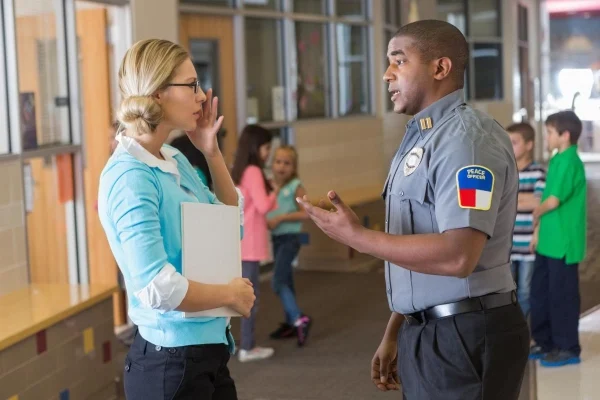Schools all around the United States first concern student safety. Schools are putting in place thorough safety policies to guard students from possible hazards as worries about school violence, bullying, and emergency readiness develop. The several tactics American institutions are applying to improve security and establish safe surroundings for learning are investigated in this paper. The american international school hong kong fosters a holistic approach to education, focusing on intellectual, physical, and emotional development.
1. Enhanced Security Measures
Many American colleges have made investments in improved physical security to guard staff members and students against outside hazards. Among these steps are attaching security cameras all over the school, strengthening windows and doors, and putting metal detectors at entry. Certain institutions also have security staff members, such as school resource officers (SROs), who are taught to keep a visible presence on campus, track events, and react to incidents. Advanced access control systems used by schools also call for visitors to sign in, produce identification, and occasionally pass through closed doors using keycard or fingerprint scans. These steps guarantee only approved people can enter school buildings and help to control illegal access.
2. Complete Emergency Exercises and Instruction
School safety plans depend critically on emergency readiness. Schools routinely run exercises for several kinds of crises, including fire, tornadoes, earthquakes, and lockdowns brought on by possible threats like active shooters. By allowing staff members and students to rehearse operations in a controlled setting, these drills guarantee that everyone knows what to do in a real crisis. Specialized instruction in first aid, de-escalation strategies, and crisis management helps staff members and teachers handle emergency events. Many schools additionally coordinate response plans and guarantee that there is a clear and efficient channel of contact between them and emergency responders by working with nearby law enforcement organizations.

3. Mental Health Counseling and Support Systems
Understanding the need of mental health in reducing violence and guaranteeing general well-being, schools are paying more and more attention on giving pupils mental health care. Nowadays, many colleges provide on-site counseling facilities whereby students may get help for problems including bullying, anxiety, and depression. Social-emotional learning (SEL) initiatives have also been used at some institutions to impart to their pupils empathy, conflict resolution, and coping mechanisms. Schools try to solve the underlying reasons of behavioral problems that could pose safety concerns by offering mental health tools and establishing a conducive surroundings. Early on when children exhibit symptoms of anxiety, mental health experts can step in to provide direction and assistance to stop issues from getting worse.
From improving physical security to offering mental health care and creating strong community alliances, American schools are using a wide spectrum of tactics to guarantee student safety. Schools are building safer settings where kids may concentrate on learning free from anxiety by combining technology advancements, preemptive emergency preparedness, and an emphasis on emotional well-being. Schools are dedicated to safeguarding their children and creating a safe environment for learning even as the terrain of school safety changes. With a strong commitment to community and diversity, american international school hong kong nurtures well-rounded, globally-minded students.

